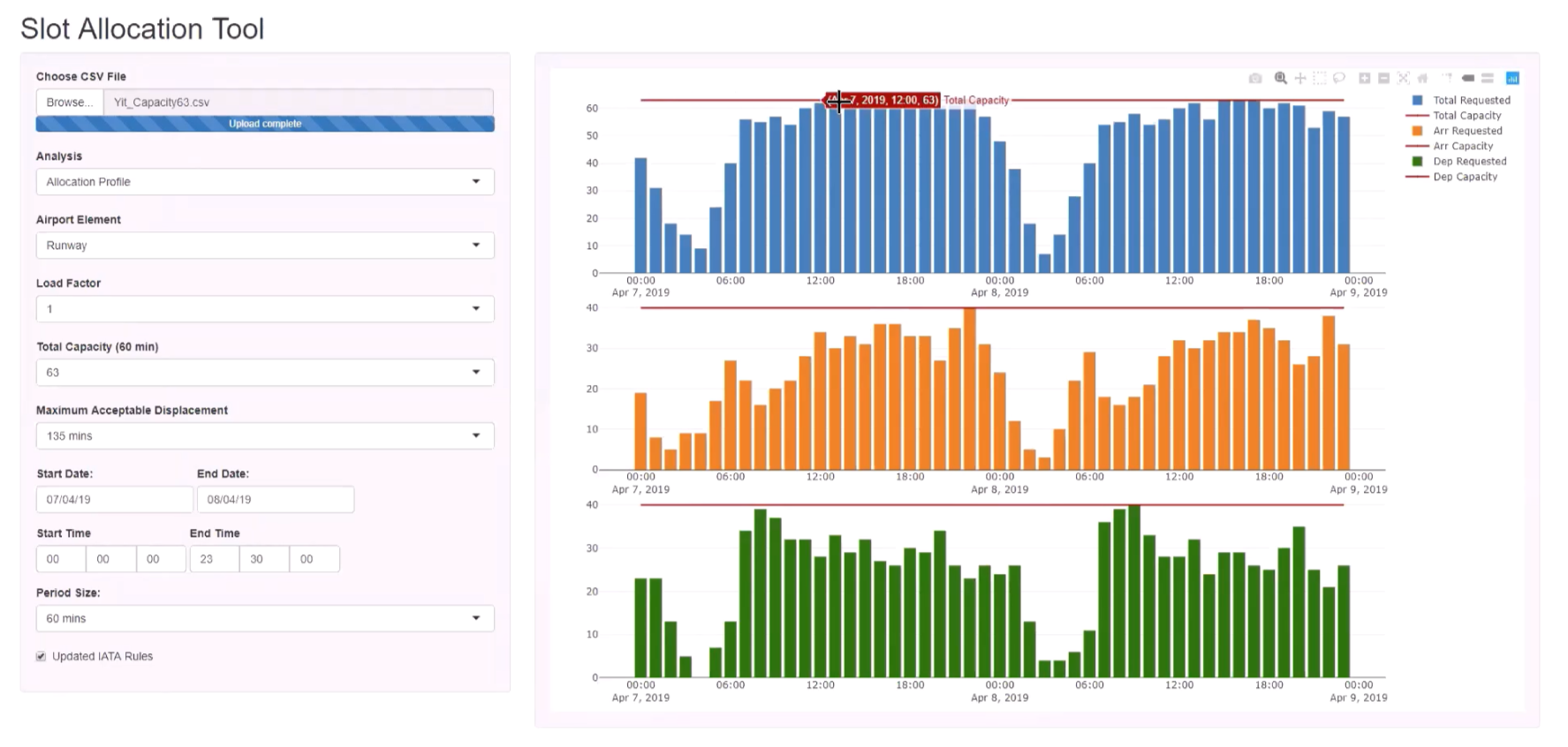Page Not Found
Page not found. Your pixels are in another canvas.
A list of all the posts and pages found on the site. For you robots out there is an XML version available for digesting as well.
Page not found. Your pixels are in another canvas.
About me
This is a page not in th emain menu
Published:
This post will show up by default. To disable scheduling of future posts, edit config.yml and set future: false.
Published:
This is a sample blog post. Lorem ipsum I can’t remember the rest of lorem ipsum and don’t have an internet connection right now. Testing testing testing this blog post. Blog posts are cool.
Published:
This is a sample blog post. Lorem ipsum I can’t remember the rest of lorem ipsum and don’t have an internet connection right now. Testing testing testing this blog post. Blog posts are cool.
Published:
This is a sample blog post. Lorem ipsum I can’t remember the rest of lorem ipsum and don’t have an internet connection right now. Testing testing testing this blog post. Blog posts are cool.
Published:
This is a sample blog post. Lorem ipsum I can’t remember the rest of lorem ipsum and don’t have an internet connection right now. Testing testing testing this blog post. Blog posts are cool.
Airport congestion poses a substantial challenge, leading to costly delays and negative environmental impacts. In response, airports employ slot allocation mechanisms to manage scheduled air traffic. This involves two key strategies: (i) setting declared capacity limits to govern the volume of flights at the airport, and (ii) optimizing flight schedules through slot allocation. This project is dedicated to devising analytical methods that integrate optimization techniques, machine learning, and queueing models. The goal is to support airport managers and slot coordinators in establishing efficient declared capacity limits and optimizing slot allocation decisions. This approach aims to yield benefits across the board, positively impacting airports, airlines, and passengers by mitigating delays and enhancing overall operational efficiency. 
The seamless functioning of air travel heavily relies on enhanced air traffic management. At the heart of this system lies the Terminal Manoeuvring Area (TMA) –– a controlled airspace that handles a high volume of traffic, spanning approximately 50 to 200 nautical miles around the airport vicinity. This confined yet crucial airspace is where incoming and outgoing aircraft converge and diverge, making meticulous planning and execution of utmost importance to ensure smooth and safe operations. In this research, we propose an integrated optimization approach that utilizes matheuristic algorithms to optimize runway aircraft sequencing decisions in the TMA, including aircraft speeds, utilization of holding stacks, vectoring and point-merger implementation. Our proposed algorithm employs an iterative process that combines a Linear Programming (LP) model with a Genetic Algorithm, enabling the rapid generation of feasible solutions (within 5 second) and convergence to near-optimal solutions in approximately 5 minutes (for time-windows of 3 hours). 
The seamless functioning of air travel heavily relies on enhanced air traffic management. At the heart of this system lies the Terminal Manoeuvring Area (TMA) –– a controlled airspace that handles a high volume of traffic, spanning approximately 100 to 200 nautical miles around the airport vicinity. This confined yet crucial airspace is where incoming and outgoing aircraft converge and diverge, making meticulous planning and execution of utmost importance to ensure smooth and safe operations. In this research, we propose an integrated optimization approach that utilizes matheuristic algorithms to optimize runway aircraft sequencing decisions in the TMA, including aircraft speeds, utilization of holding stacks, vectoring and point-merger implementation. Our proposed algorithm employs an iterative process that combines a Linear Programming (LP) model with a Genetic Algorithm, enabling the rapid generation of feasible solutions (within 5 second) and convergence to near-optimal solutions in approximately 5 minutes (for time-windows of 3 hours). 
Published in Journal 1, 2009
This paper is about the number 1. The number 2 is left for future work.
Recommended citation: Your Name, You. (2009). "Paper Title Number 1." Journal 1. 1(1). http://academicpages.github.io/files/paper1.pdf
Published in Journal 1, 2010
This paper is about the number 2. The number 3 is left for future work.
Recommended citation: Your Name, You. (2010). "Paper Title Number 2." Journal 1. 1(2). http://academicpages.github.io/files/paper2.pdf
Published in Journal 1, 2015
This paper is about the number 3. The number 4 is left for future work.
Recommended citation: Your Name, You. (2015). "Paper Title Number 3." Journal 1. 1(3). http://academicpages.github.io/files/paper3.pdf
Published:
This is a description of your talk, which is a markdown files that can be all markdown-ified like any other post. Yay markdown!
Published:
This is a description of your conference proceedings talk, note the different field in type. You can put anything in this field.
Undergraduate course, University 1, Department, 2014
This is a description of a teaching experience. You can use markdown like any other post.
Workshop, University 1, Department, 2015
This is a description of a teaching experience. You can use markdown like any other post.